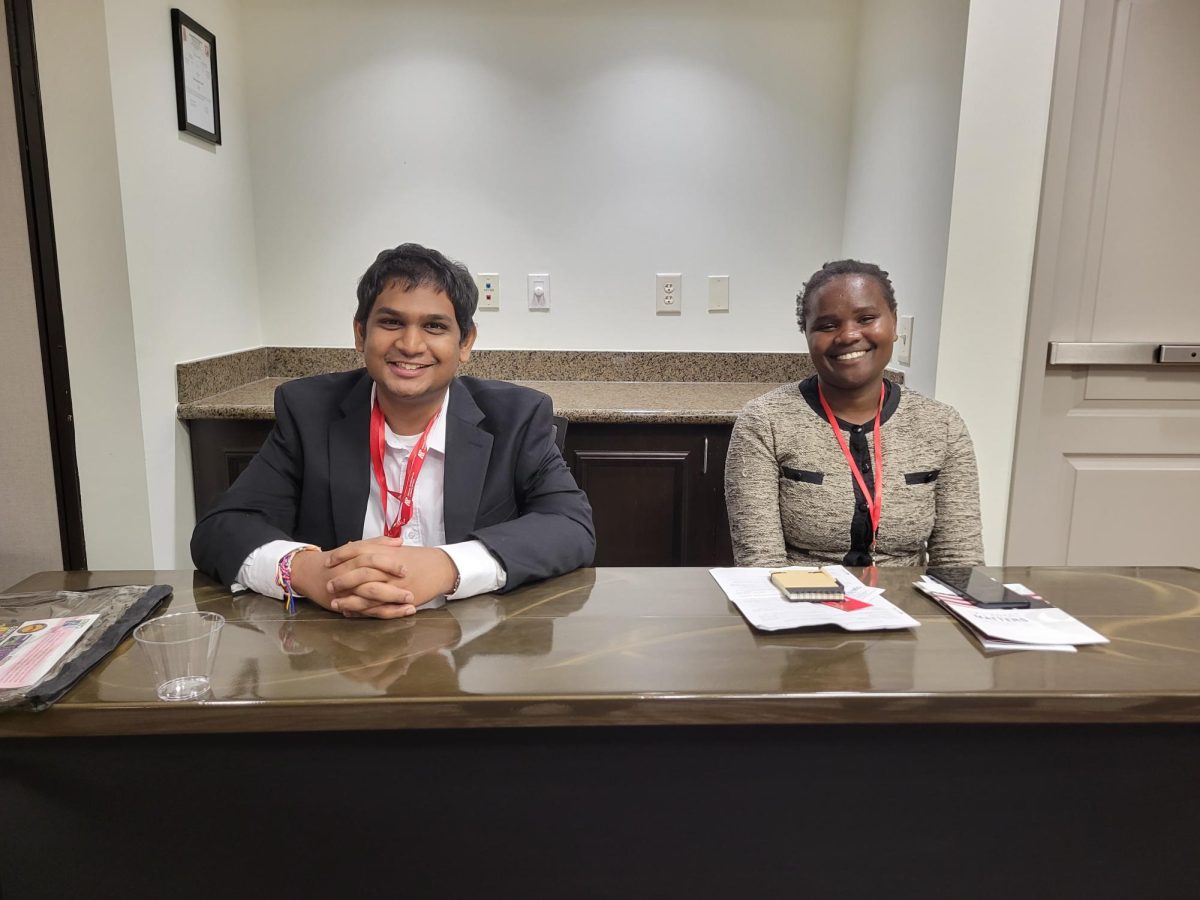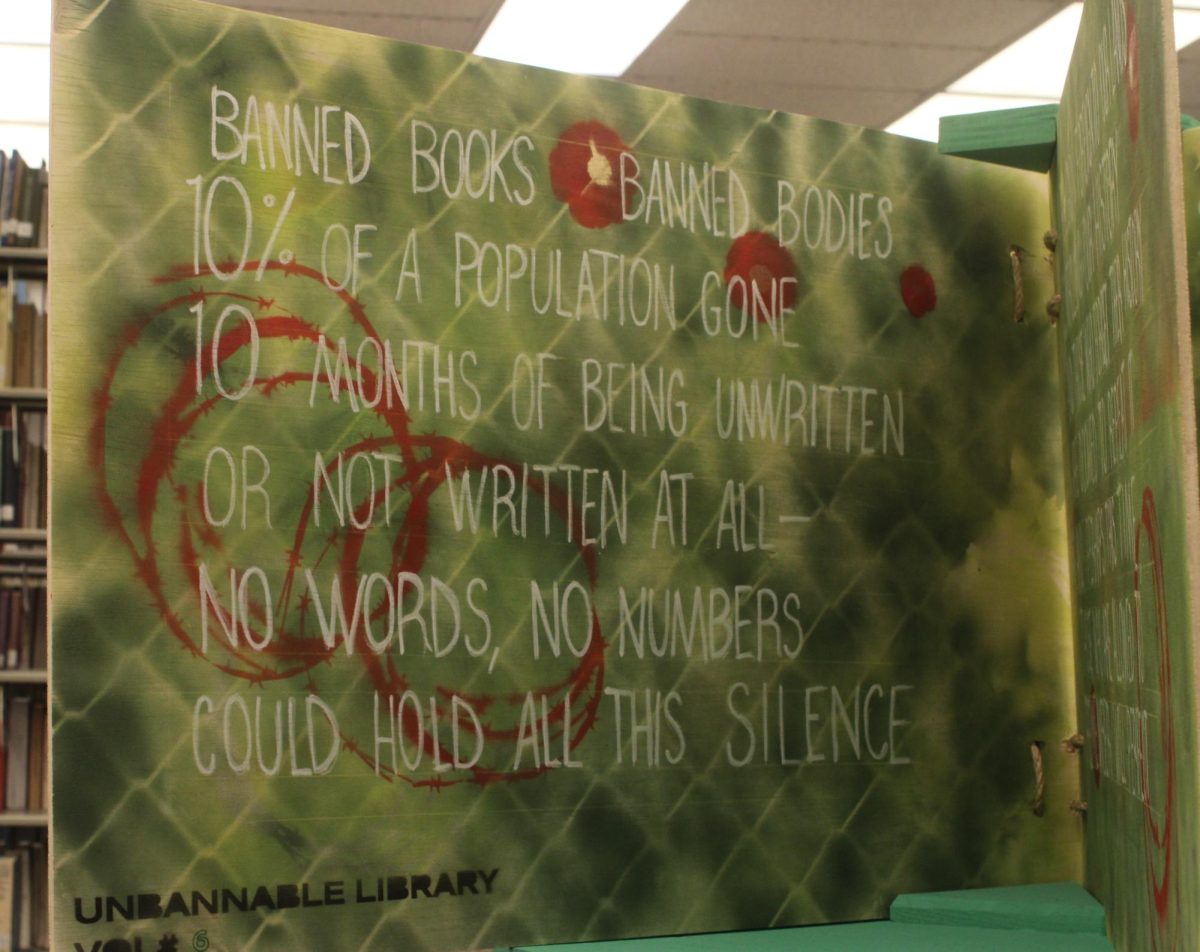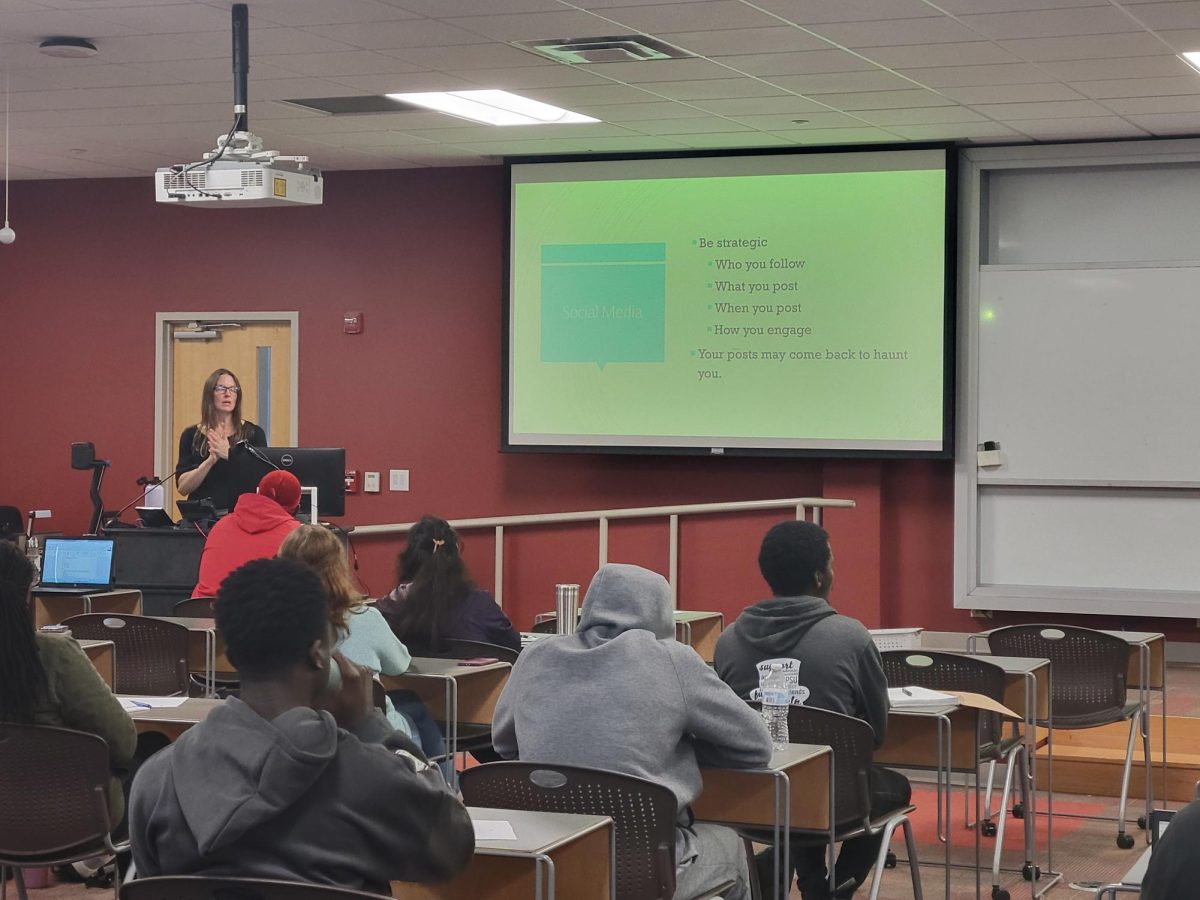Dwayne Estes, Associate professor of biology and Director of the Herbarium at APSU, began the Southeastern Grasslands Initiative to raise awareness about the shrinking prairies of the Southeast.
Hundreds of years ago the southeastern US was covered in millions of acres of grasslands.
Many modern conservation efforts emphasize forests, leaving the southeastern prairies defenseless against developers, Estes said.
“Right now there are some major conservation issues facing our nation. In fact, facing the world,” Estes said.
Some of these major global issues are climate change, habitat loss and pollution.
“When we think about things like habitat loss, most people in this country I think, would think of the loss of the Amazon rainforest,” Estes said. “We also don’t stop to think about habitat loss in the United States, and if we do, we typically think about it in the loss of forests.”
While the loss of the rainforest is an important issue, Estes said there are issues in the U.S. that need to be addressed. Estes seeks to bring attention to a forgotten landscape.
“One of the leading threats to biodiversity is the loss of naturally open habitats and landscapes, so what we would describe as grasslands,” Estes said.
A reason for this, Estes said, is a lack of education and the long taught “myth of the squirrel” that exists in many children’s history books.
“They introduce the Eastern U.S. as this vast forest region, with trees extending from the Atlantic Ocean to the Mississippi River, that was so dense that a squirrel could theoretically go all the way without touching the ground,” Estes said. “That myth is really dangerous because it paints a scene that is completely 100 percent false.”
The myth of the squirrel promotes the idea that forest is the natural state of the southeastern region.
“It leads us now in our modern society to keep thinking that forest is always good and that we should be striving to plant trees everywhere,” Estes said. “In reality, many of the species that need our help don’t want the forest, and they don’t need the forest. They need open habitats.”
Most of the Southeastern Grasslands are already gone.
“In our estimations, there were over 100 million acres of those kinds of habitats in the Southeast as of about 1700. And today over 90 percent of that has been lost,” Estes said.
For example, Estes said that Clarksville was an ancient prairie. The land by the Governor’s Square Mall and Exits 1 and 4 was a prairie that extended 100 miles in every direction.
“Our southern grasslands have basically escaped everybody’s attention because they largely disappeared before the camera was invented, before they could be painted and before any of them could actually be described by naturalists,” Estes said.
Despite this, the Southeastern Grasslands maintain a uniqueness unseen anywhere else.
“Although we lost 90 percent of our grasslands in the South, the remaining 10 percent contain still more types of grassland communities and more species of grassland plants and animals than the entire Great Plains in the U.S. and Canada combined,” Estes said.
The goal of the Southeastern Grasslands Initiative is to educate the public, protect the remaining grasslands, restore some lost habitat and research. To learn more about the initiative and view a short documentary about the southeastern grasslands, visit www.segrasslands.org.







